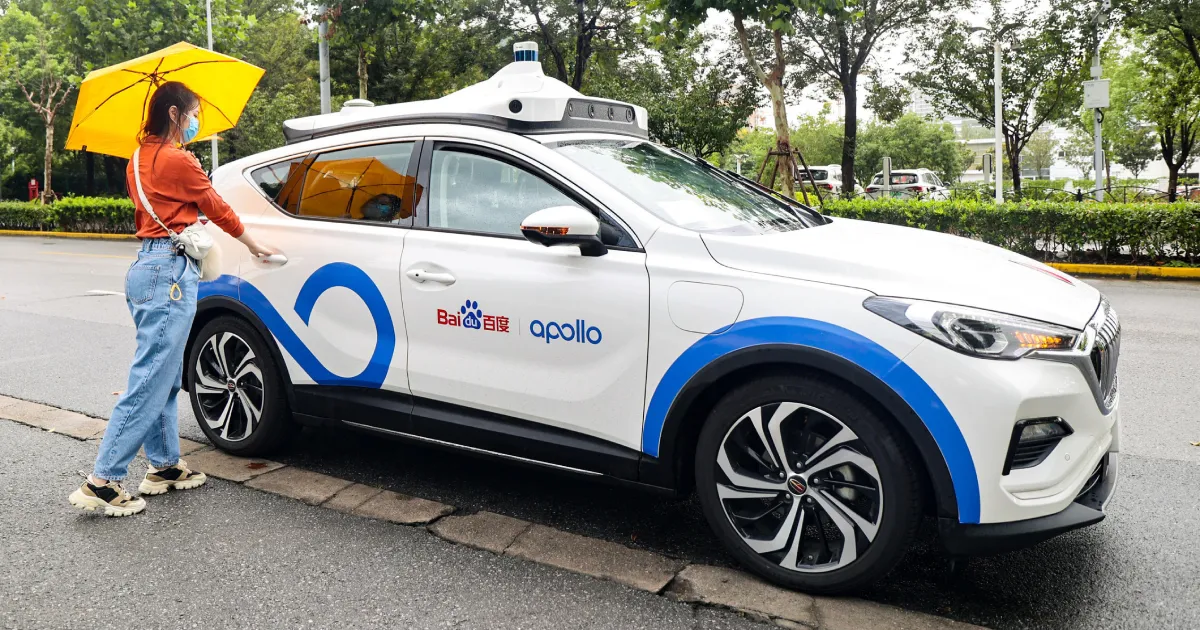Uber partners with Baidu to launch Apollo Go robotaxis

Uber is continuing its aggressive push into autonomous vehicles with a major new deal—this time partnering with Chinese tech giant Baidu. Announced Tuesday, the multi-year strategic partnership will bring Baidu’s Apollo Go robotaxis to the Uber platform in select markets outside the U.S. and mainland China, starting later this year.
The deployments are set to begin in Asia and the Middle East, marking the latest step in Uber’s global strategy to integrate autonomous vehicles into its ride-hailing business.
Embracing the Robotaxi Future
Uber has ramped up its AV partnerships in recent months, working with a growing list of autonomous vehicle developers. Recent collaborations include Waymo, Volkswagen, May Mobility, Pony AI, and WeRide, with Uber even taking equity stakes in some cases. In May, the company announced a $100 million investment in WeRide, and it’s reportedly exploring helping founder Travis Kalanick finance a potential takeover of Pony AI.
These deals reflect Uber’s effort to future-proof its platform as robotaxis evolve from pilots to commercial services. Rather than compete with AV firms, Uber is positioning itself as a central hub for autonomous rides, aiming to blend traditional and driverless options under one roof.
What the Baidu Deal Looks Like
Under the partnership, thousands of Baidu's Apollo Go AVs will become available on Uber's app over time. However, at launch, riders won’t be able to directly request a Baidu robotaxi. Instead, they may occasionally be matched with an autonomous Apollo Go vehicle when ordering a trip—mirroring the rollout strategies seen in Uber’s existing AV partnerships.
Apollo Go is one of China’s leading robotaxi platforms, with deployments already active in cities like Beijing and Wuhan. The agreement with Uber marks its first major international expansion.
The Road Ahead
While still early-stage, this partnership underscores a major shift in Uber’s strategy: from being a ride-hailing disruptor to an AV aggregator. By teaming up with a wide variety of robotaxi providers, Uber is creating a flexible, future-ready mobility platform—one that’s just as ready for a driverless world as a driver-powered one.
As autonomous technology continues to mature, these kinds of collaborations could reshape the ride-hailing landscape, especially in regions looking to leapfrog traditional transport models.





